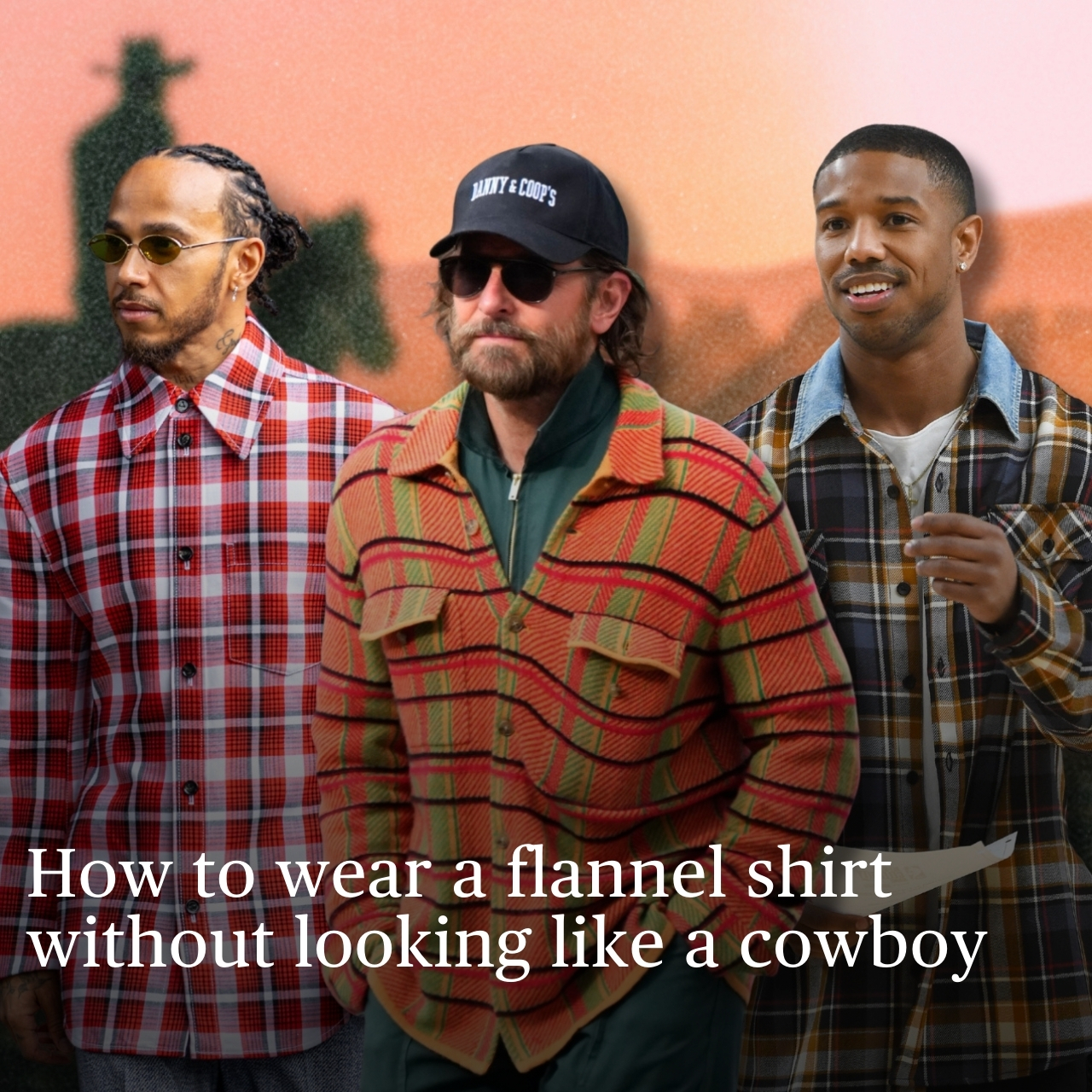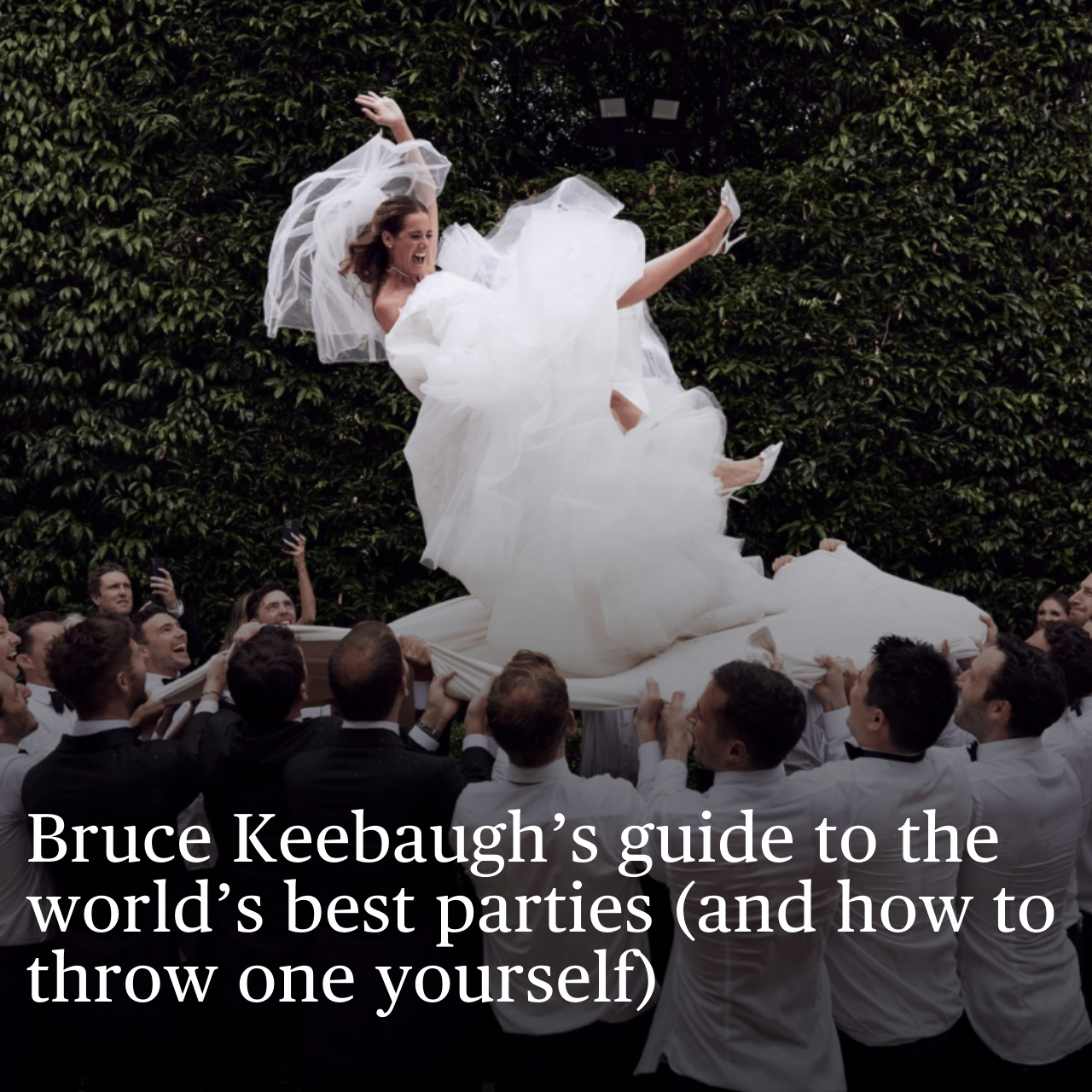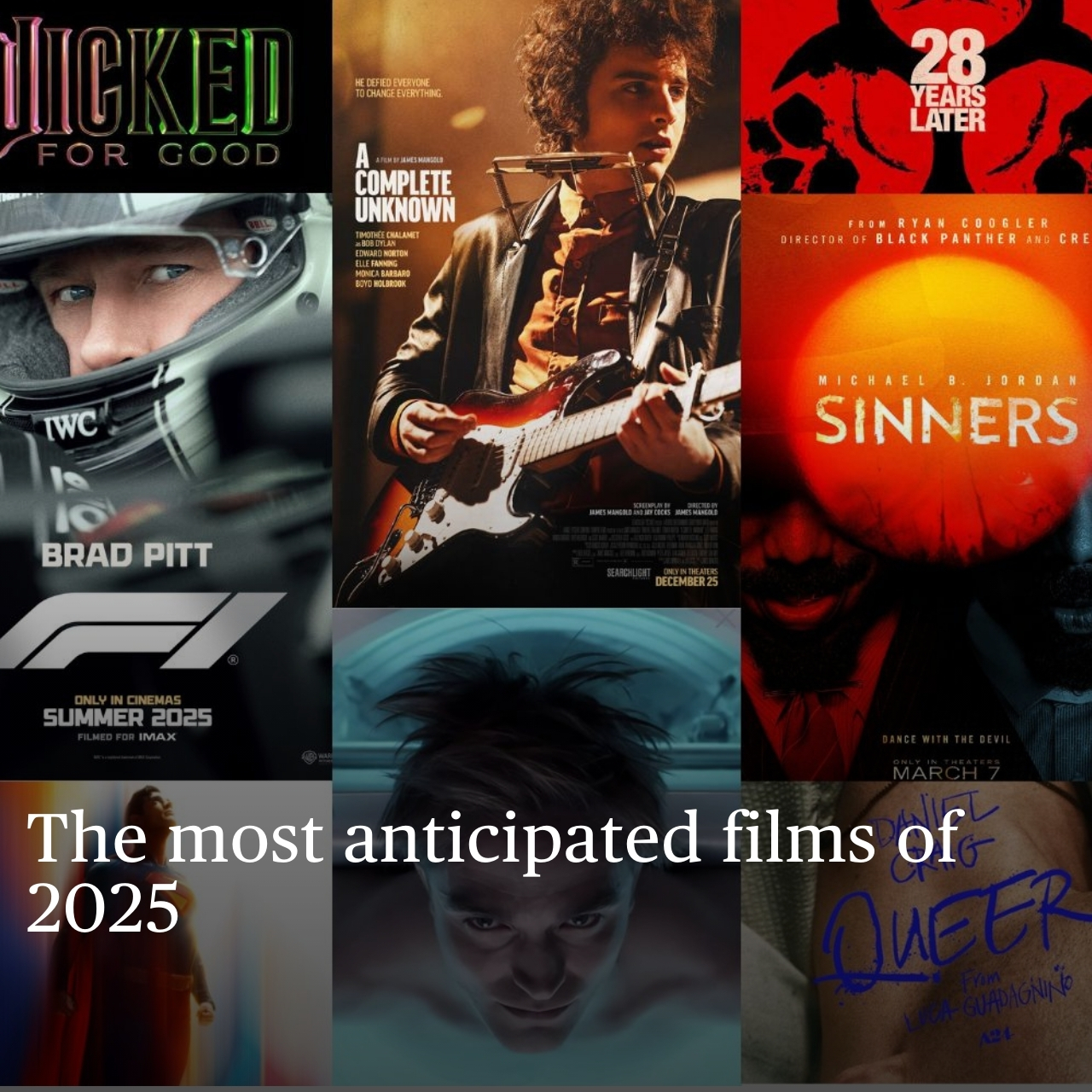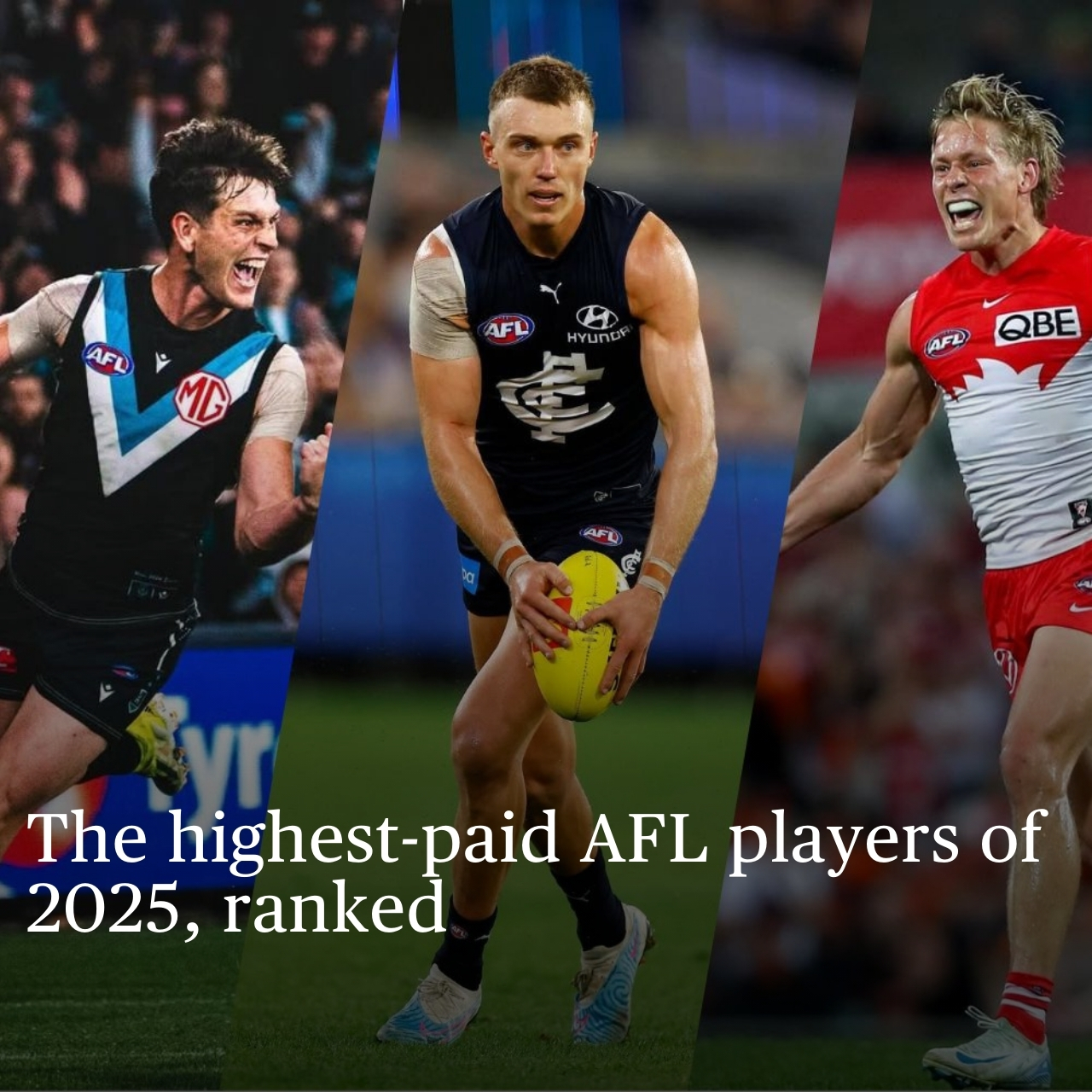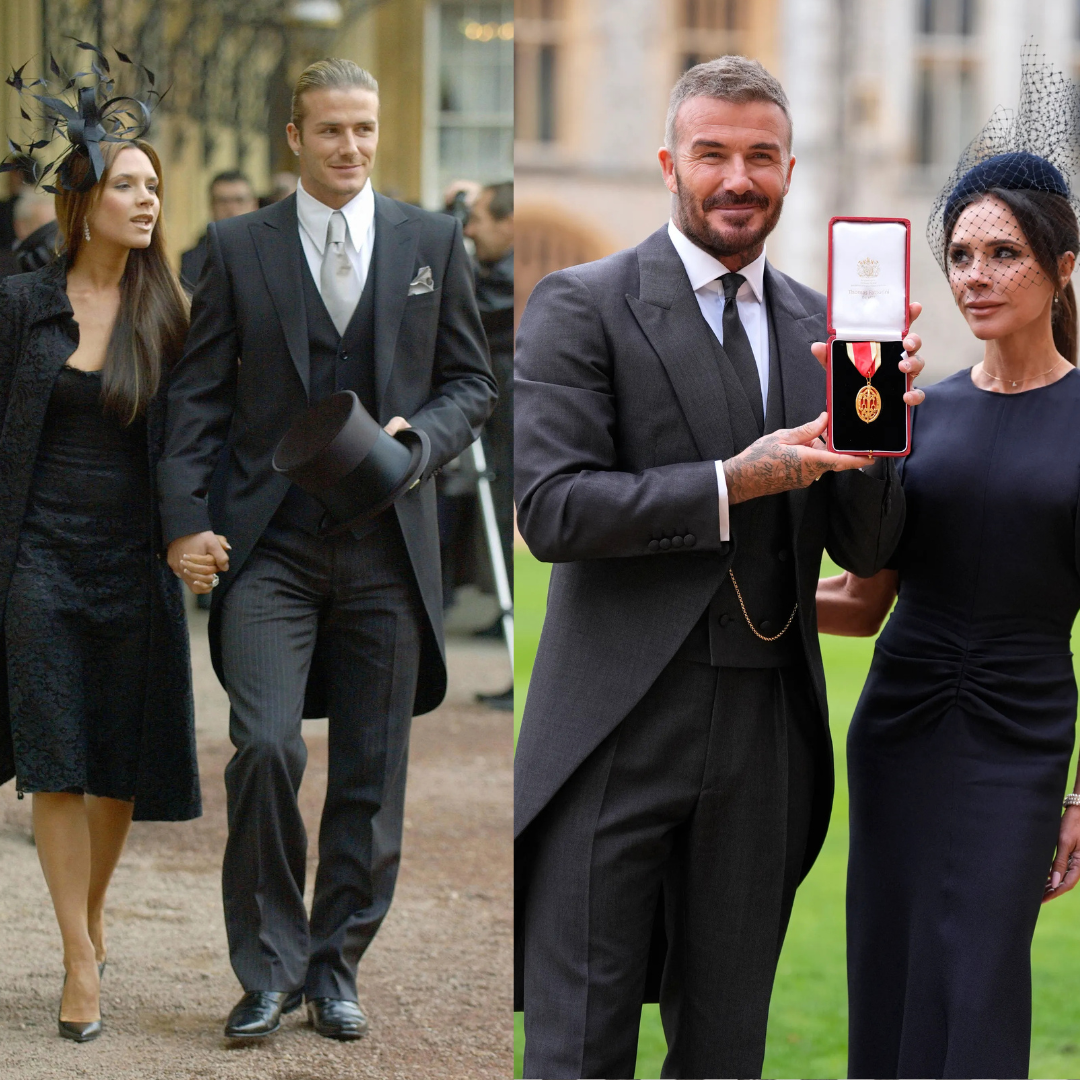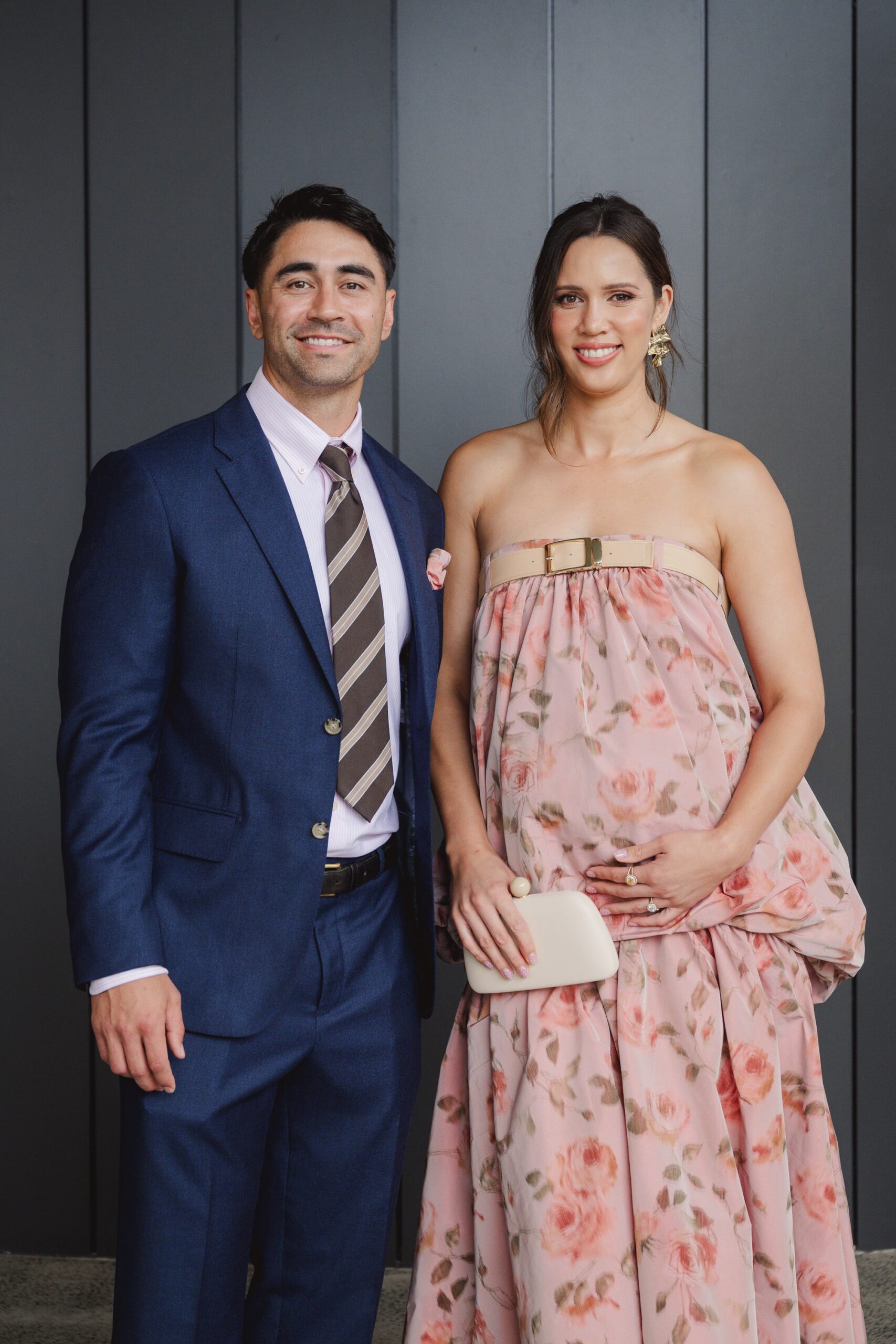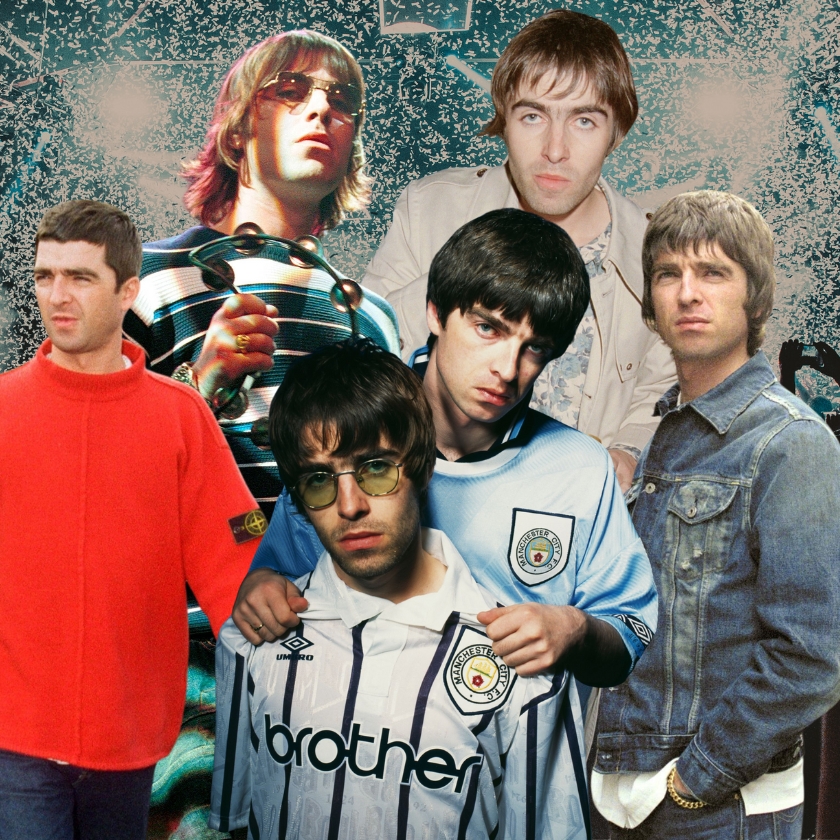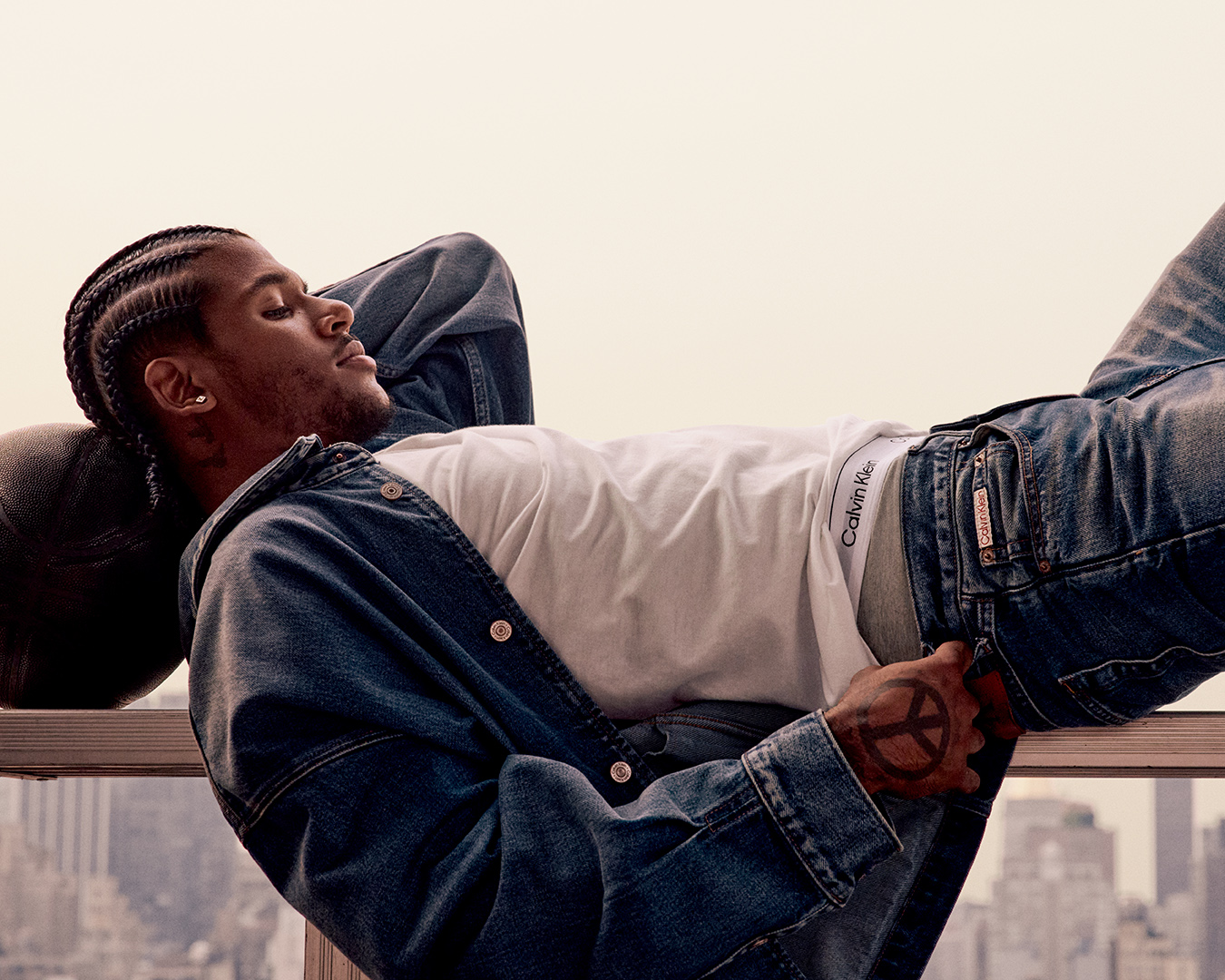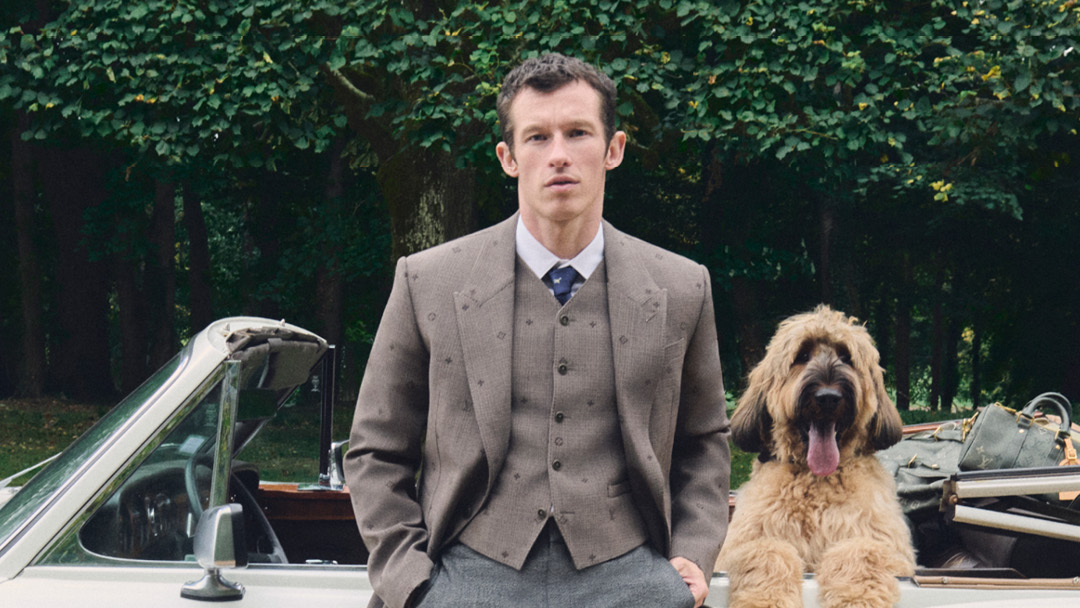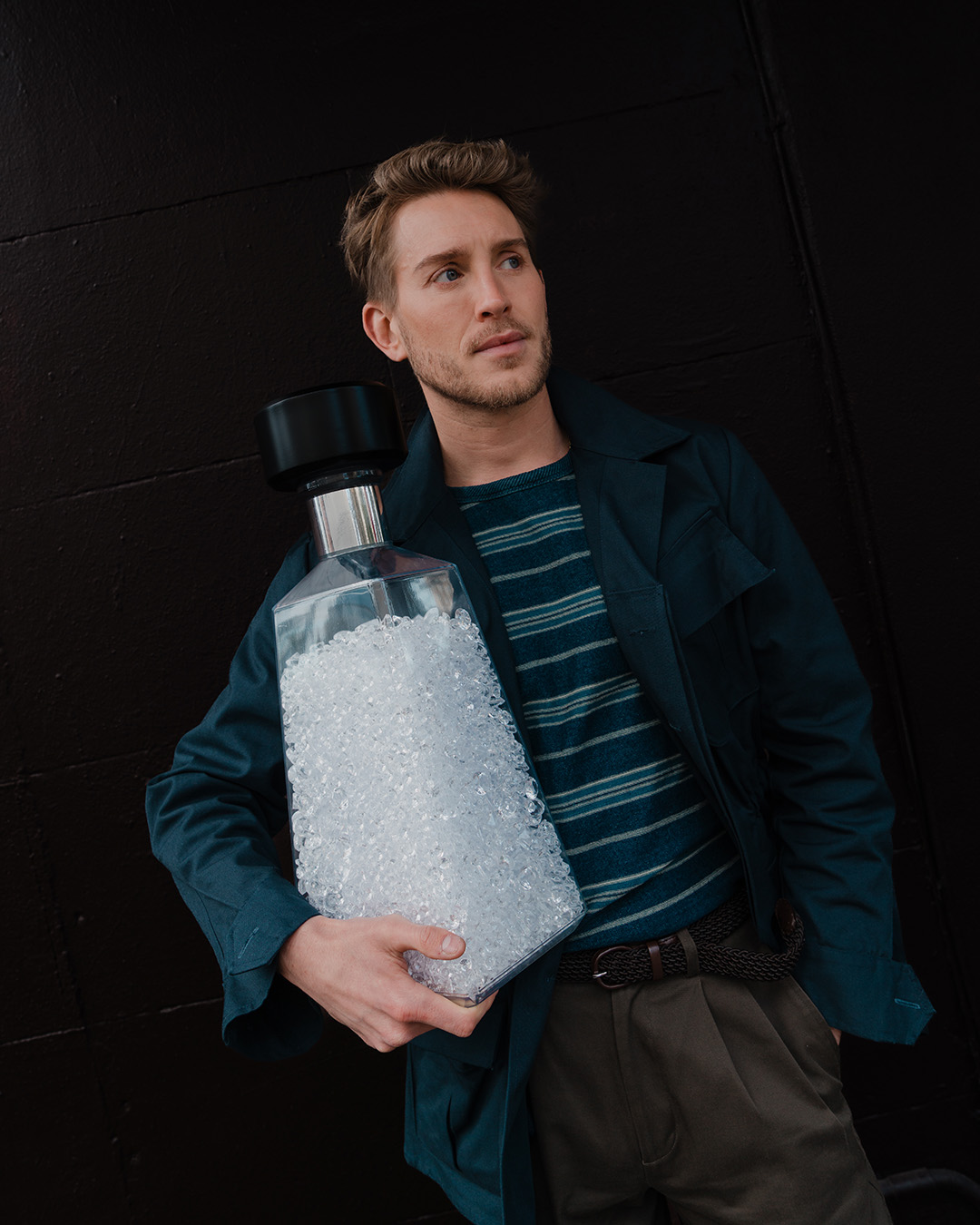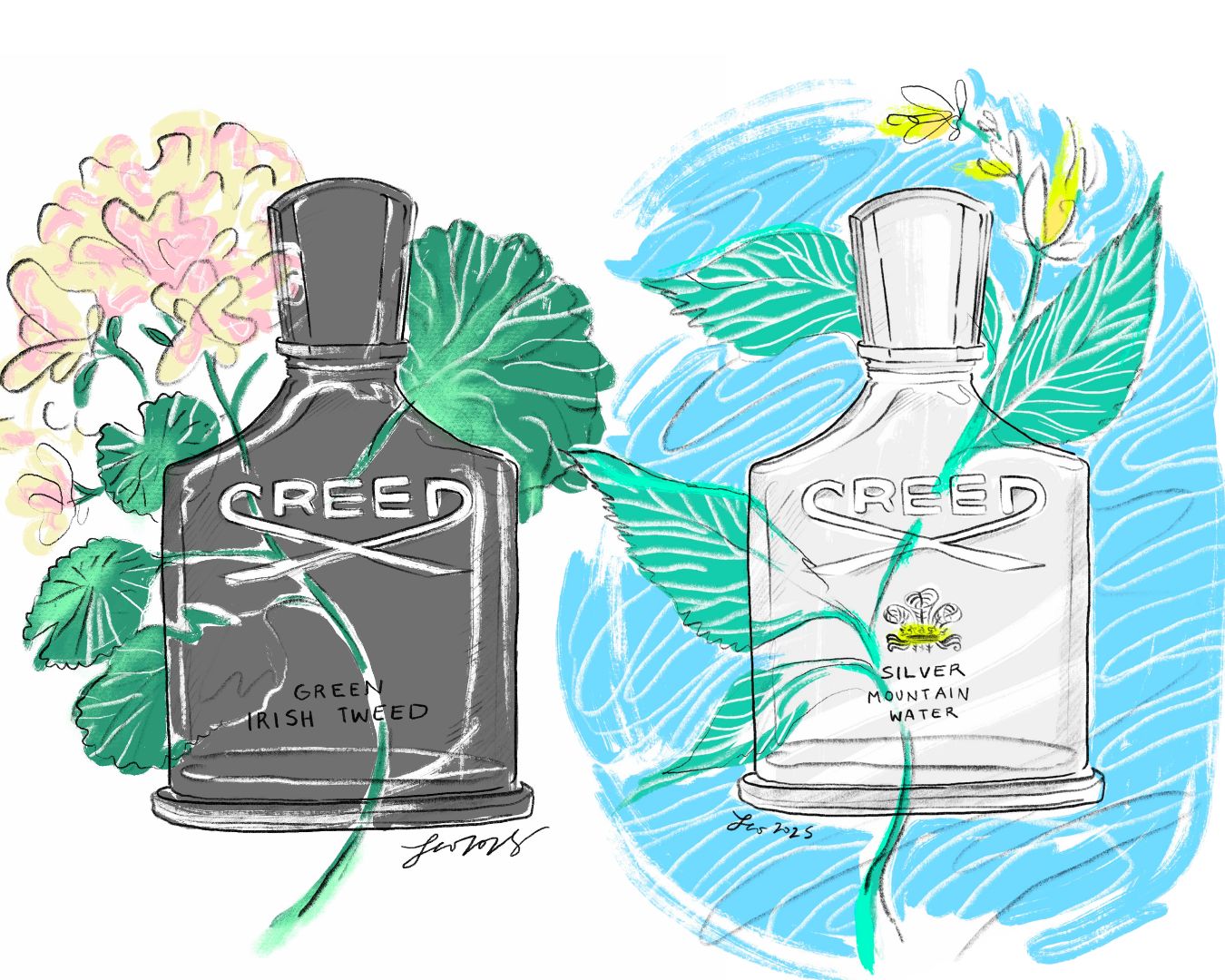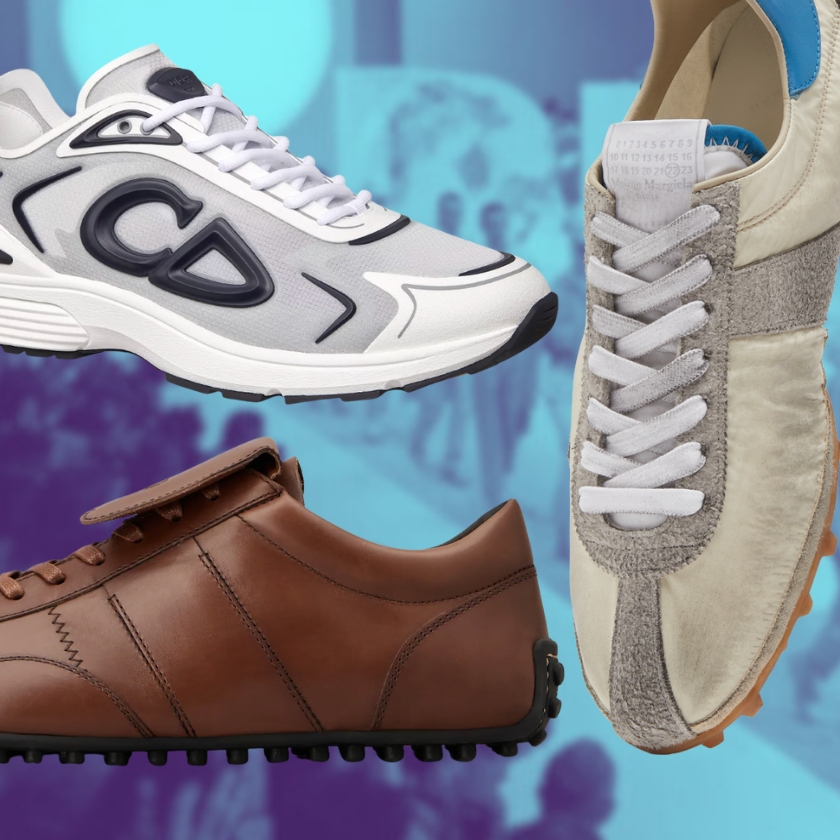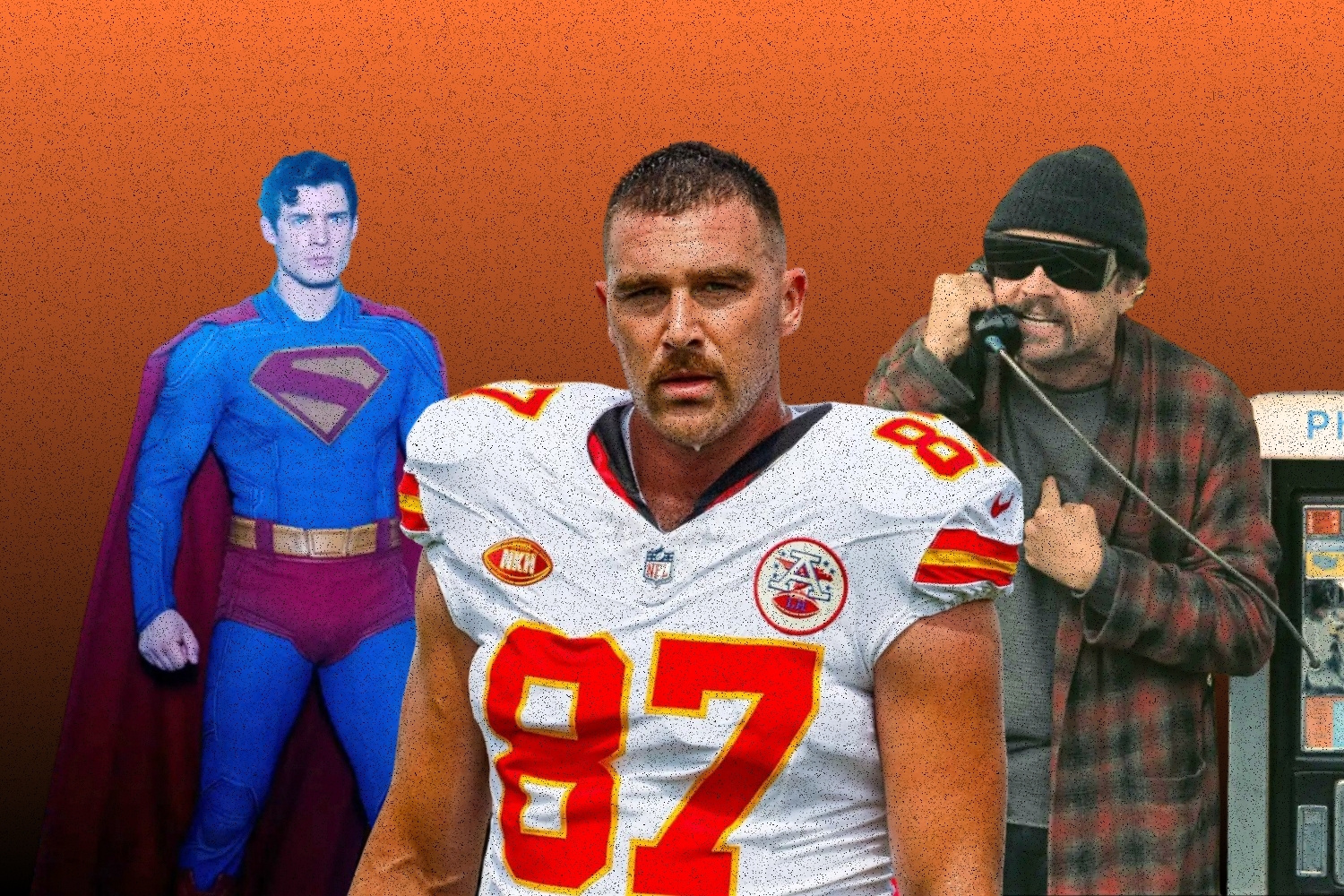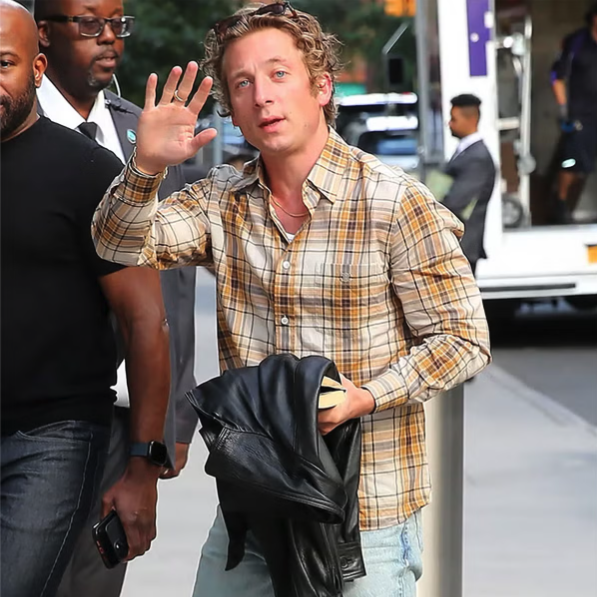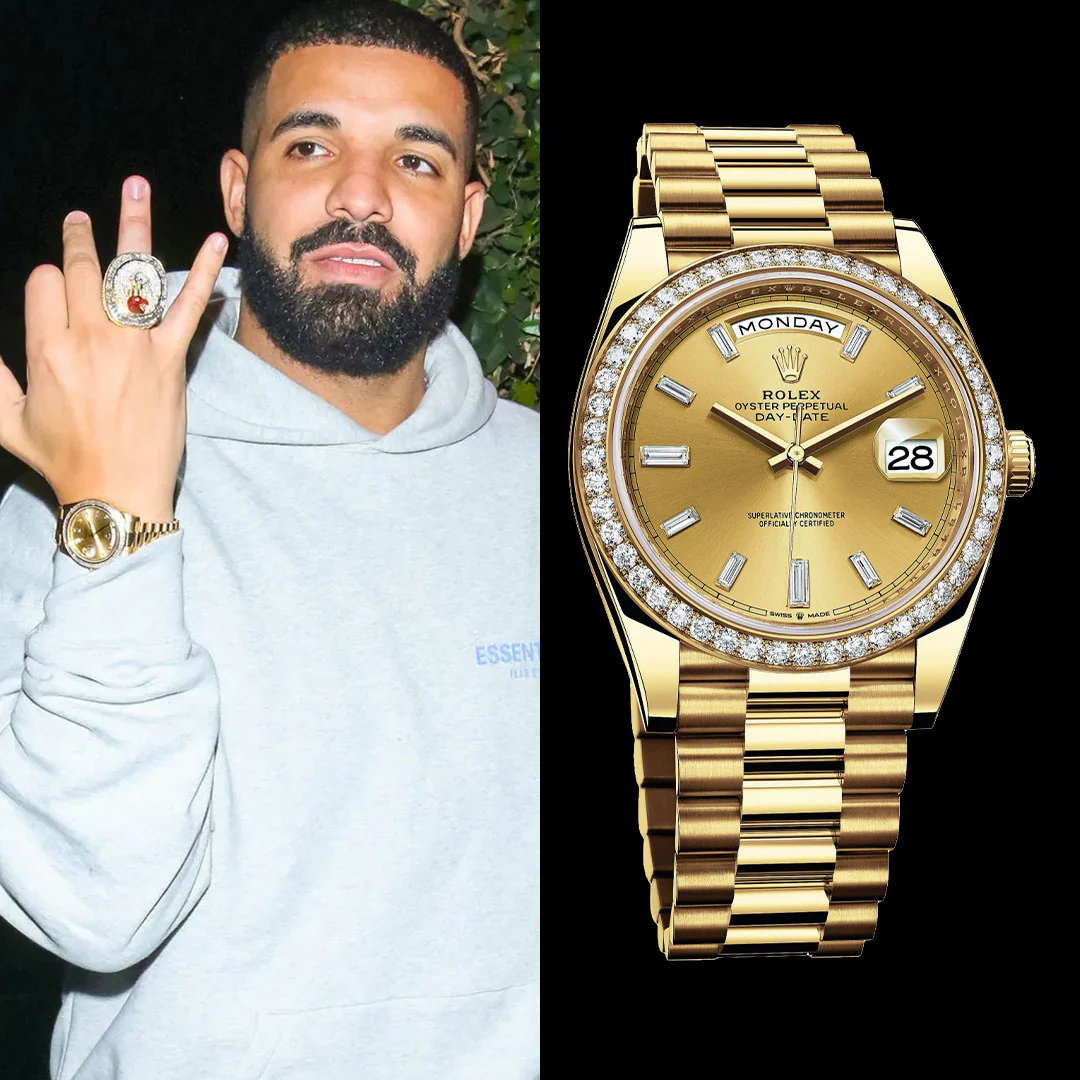Is dressing like Bob Dylan antithetical to ‘getting’ Bob Dylan?
In ‘A Complete Unknown’, Timothée Chalamet takes on the tricky task of imitating inimitable style
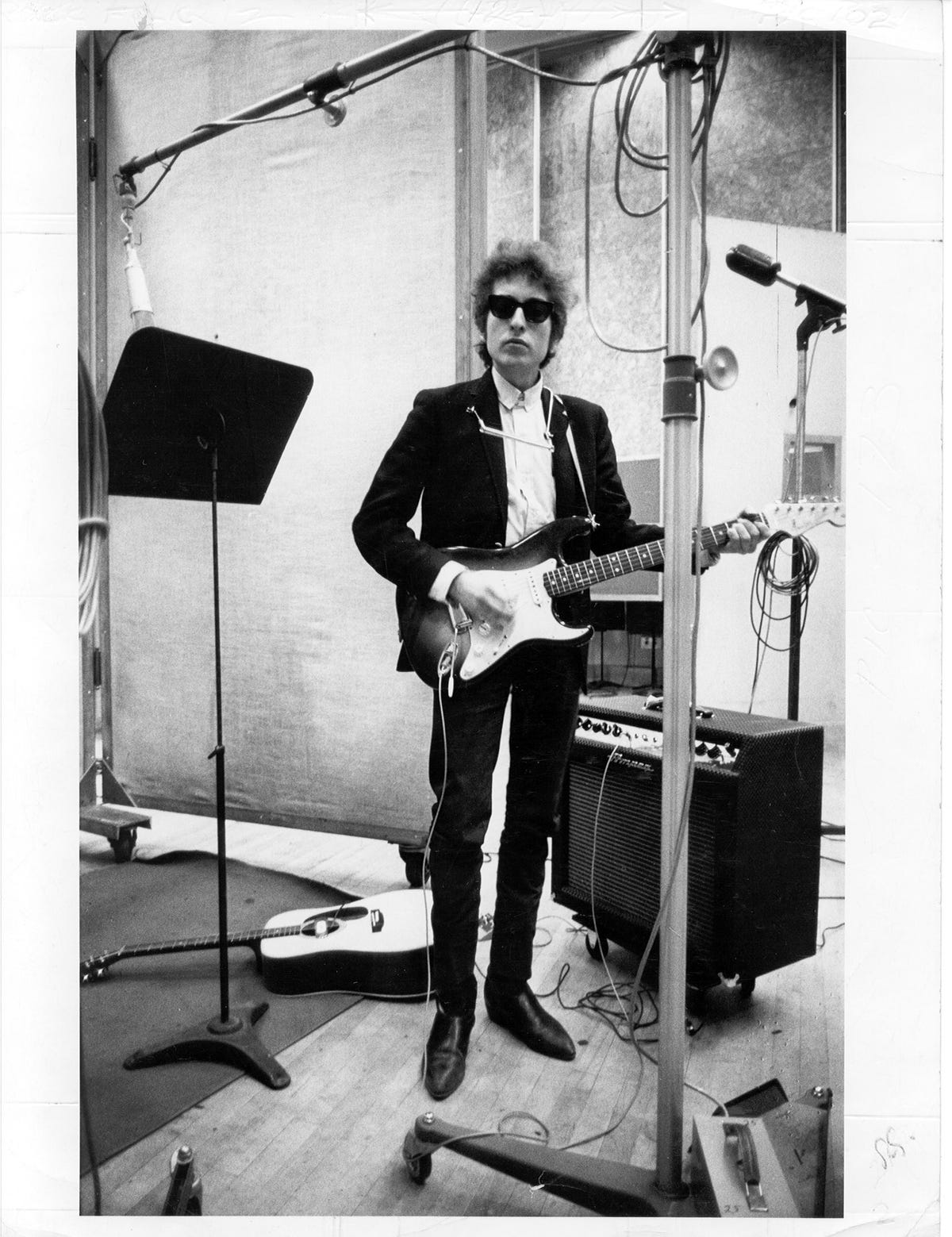
THERE WAS THE VOICE, of course. “His vocal sound is most often characterised by flaying harshness,” reckoned The New Yorker in its profile of 16 October 1963, stating that another musician had judged it “very much like a dog with his leg caught in barbed wire”.
But there was also the way he looked.
Watching him enter a Manhattan recording studio, the magazine’s writer noted the “dark glasses . . . his hair, dark-blonde and curly, had obviously not been cut for some weeks; he was dressed in blue jeans, a black jersey, and desert boots”.
The 23-year-old was becoming a big deal. His first three albums had sold almost 400,000 copies in total. But unlike The Beach Boys, The Kingsmen or Little Stevie Wonder, he was “always dressed informally – the possibility that he will ever be seen in a tie is as remote as the possibility that Miss [Joan] Baez will perform in an evening gown”. “Intensity, that’s what he’s got,” was the assessment of his recording engineer that evening.
Bob Dylan’s voice, music, dark glasses, hair and informal lack of tie circa 1961-1965 are back in focus, thanks to A Complete Unknown, a new biopic that charts the fortunes of the folk singer and future Nobel Prize for Literature winner, from his arrival in New York to going electric at the Newport Festival four years later.
For any actor, those are big desert boots to fill. Trying them for size is Timothée Chalamet, the French-American Gen-Z heart-throb, who has reportedly thrown himself into the role with gusto, having been inspired by Austin Butler’s take on another indelible American icon, Elvis Presley. (A Complete Unknown’s director, James Mangold, previously turned Joaquin Phoenix into Johnny Cash, for 2005’s Walk the Line.)
“I just saw the way [Butler] committed to it all and realised I needed to step it up,” Chalamet has said, after enlisting his peer’s “entire Elvis team” for his “Dylan prep”.
Chalamet’s casting has picked up props for the appropriateness of the actor’s age, the phrasing of his singing and the downstroke of his guitar. (As per Phoenix’s Johnny Cash, Butler’s Elvis and,indeed, Chalamet’s Willy Wonka, the singing is the actor’s own.) But the impact of early Dylan owed as much to his physicality and appearance as it did to his preternatural talent.
“I wouldn’t want to look like everybody else,” he told a 1965 press conference in San Francisco. “That’s the worst thing in the world.”
The cover photo of 1963’s The Freewheelin’ Bob Dylan was a case in point. It shows Dylan walking through Greenwich Village, arm in arm with his girlfriend Suze Rotolo. There is snow on the ground. He is wearing blue jeans and a light tan jacket.
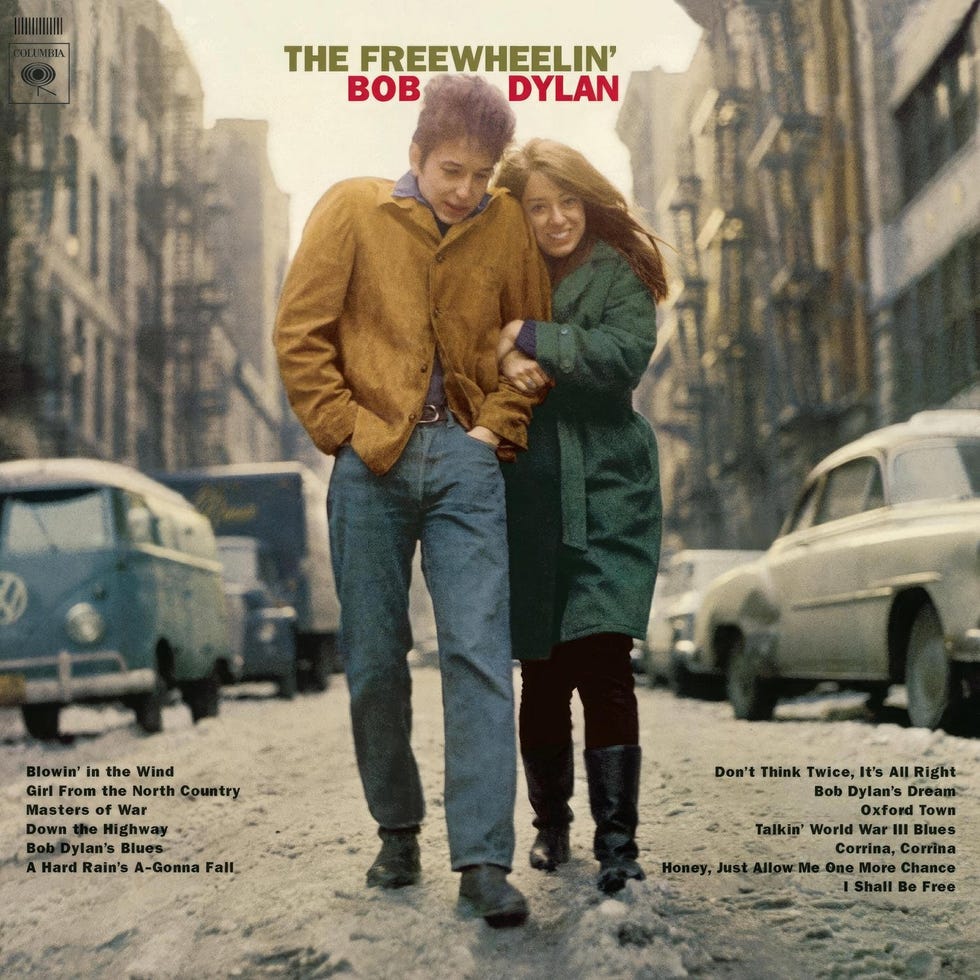
“It was an ‘image’ choice,” Rotolo recalled in her memoir. “Because that jacket was not remotely suited for the weather.”
Dylan has always had the aura of someone who cares deeply about clothes. Later there were shawl cardigans, Triumph T-shirts, waistcoats, feather earrings and hats – so many hats. (And Dylan would eventually be seen in a tie, albeit a bolo number worn with a pencil moustache.)
But he never looked as great as he did in the Mod-Bob era.
The skinny suits, wide-stripe tops, thrift-store turtlenecks and corduroy caps. We have become desensitised to just how great because it is the acme of rock’n’roll and it never goes away, rerun on catwalks by Tom Ford, John Varvatos, Hedi Slimane and more. For a time, Topman sold it.
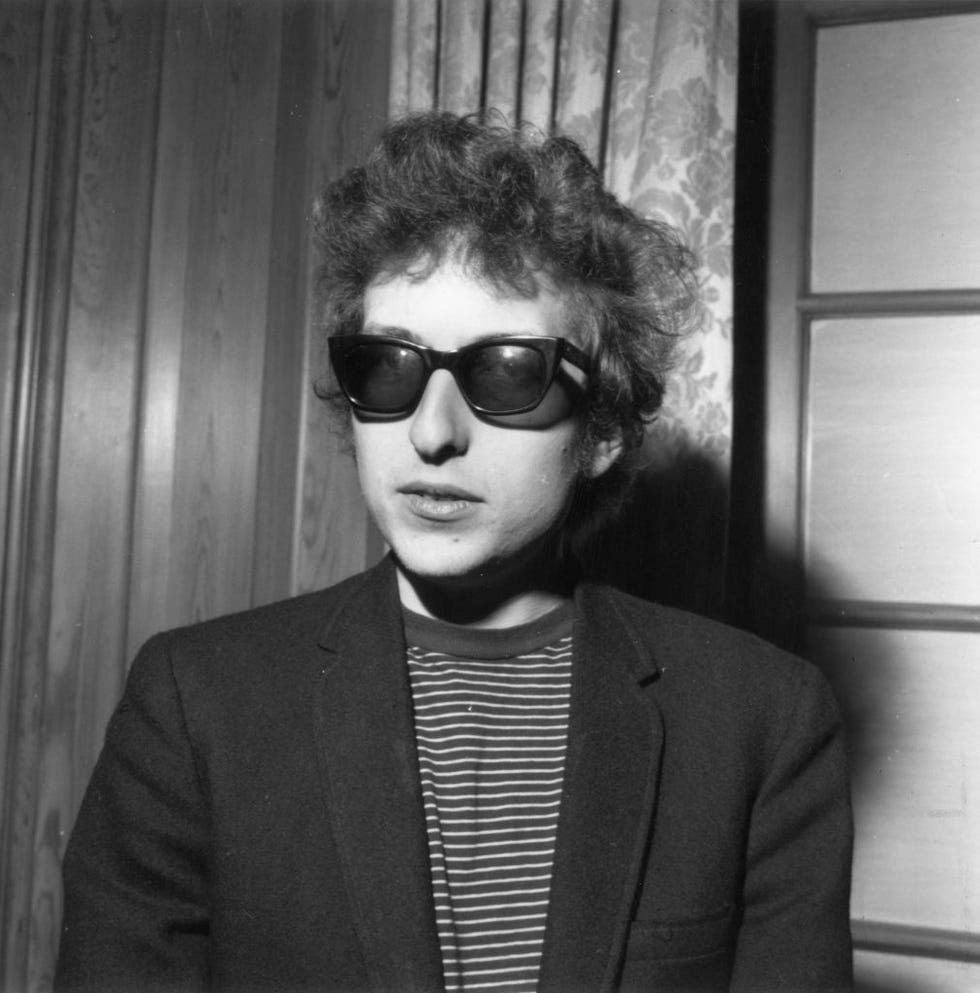
“It was a personalised adaptation of existing Greenwich Village folk/boho modes,” says the music writer and historian Jon Savage, who was first struck by Dylan at the age of 11, when he saw the singer on TV giving a press conference at London Airport. “It would be recognisable, but unique. He was seeing himself as a star from quite early on and would have been hyper-conscious of image. Not just clothes, but how he presented himself in interviews, on TV and so on.
“I have to say that Dylan’s outfits during the 1966 tour – the blue-suede jacket, polka-dot shirt, striped and houndstooth suits –were absolutely out of this world, and remain a major inspiration. A friend remade the tab-collar shirt he wore in 1965, ’66. I still have a couple.”
And while the phrasing of the singing and the downstroke of the guitar can be learned, parsing Dylan’s aura may be a harder ask. That is perhaps a measure of the inestimable quality of personal style.
“There’s an authenticity to Dylan,” says Andrew Groves, director of the Westminster Menswear Archive. “On his early album covers, his clothes appear as part of an authentic self. The problem with modern movie stars like Timothée Chalamet is that we know what he wears in public is part of a constructed image created by stylists. So, for me, what he wears in the film feels like costume.”
As ever, says Groves: “It’s not the clothes that make you cool, it’s how you wear them.”
‘A Complete Unknown’ is in Australian cinemas from January 23.
This story originally appeared on Esquire UK
Related:




